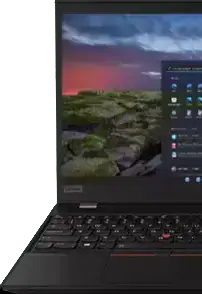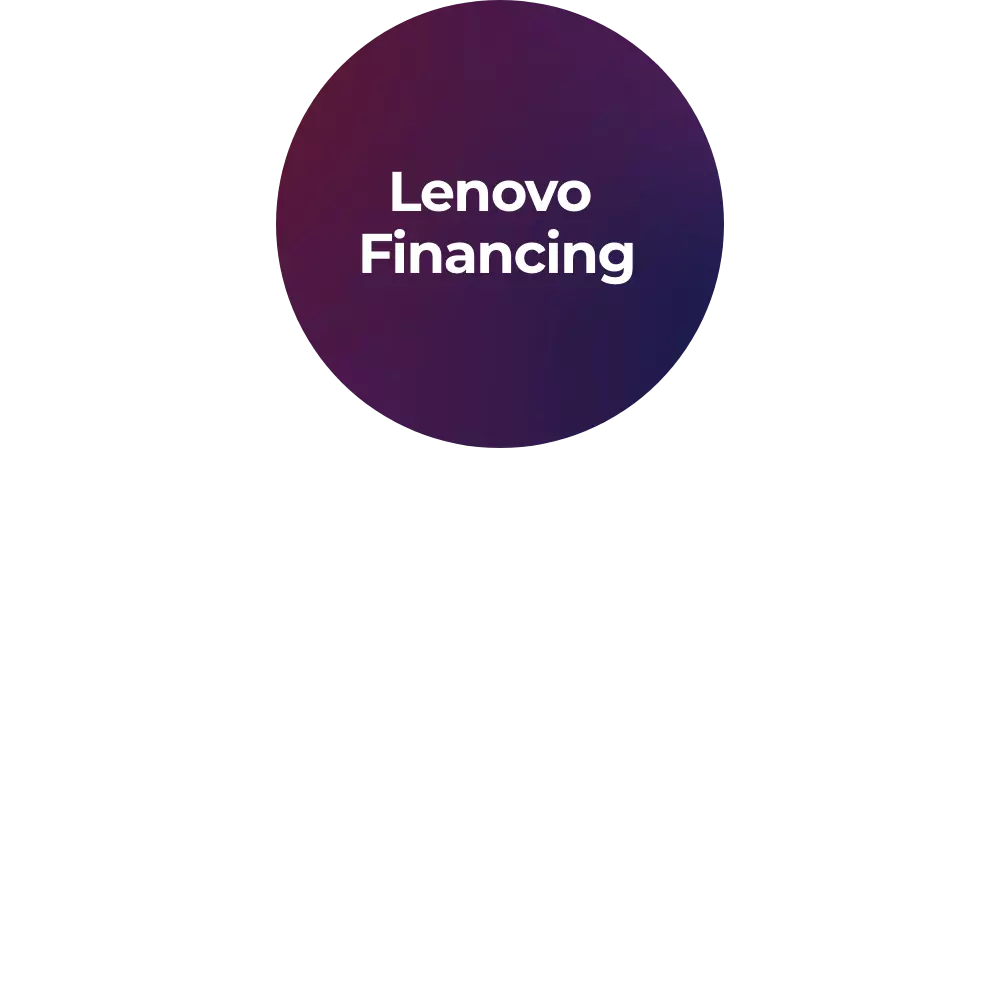What is a file descriptor?
A file descriptor is a unique identifier or reference that the operating system assigns to a file when it is opened. It allows programs to interact with files, sockets, or other input/output (I/O) resources. The file descriptor is used by the operating system to keep track of the file and perform operations on it.
How are file descriptors represented?
File descriptors are typically represented as non-negative integers. The operating system assigns the lowest available file descriptor to a newly opened file. The file descriptor is used by the program to refer to the file when performing read, write, or other operations.
How do I open a file and obtain its file descriptor?
To open a file and obtain its file descriptor, you can use functions provided by your programming language or operating system. For example, in C, you can use the open() function, which returns the file descriptor associated with the opened file. The file descriptor can then be used for subsequent operations on the file.
What are some common operations you can perform with file descriptors?
With file descriptors, you can perform various operations on files or I/O resources. Some common operations include reading data from a file, writing data to a file, seeking a specific position in a file, closing a file, and checking for errors during I/O operations. File descriptors provide a way for programs to interact with files and manipulate their contents.
Can file descriptors represent other types of I/O resources besides files?
Yes, file descriptors can represent other types of I/O resources besides files. For example, they can be used to represent network sockets, pipes, or devices. The operating system treats these resources similarly to files, allowing programs to perform I/O operations on them using file descriptors. This abstraction simplifies the programming model by providing a consistent interface for various types of I/O.
How can I perform I/O operations using file descriptors?
To perform I/O operations using file descriptors, you can use functions provided by your programming language or operating system. For example, in C, you can use the read() and write() functions to read data from and write data to a file descriptor, respectively. These functions take the file descriptor as one of their parameters and perform the requested I/O operation.
Can I manipulate the properties of a file descriptor?
Yes, you can manipulate the properties of a file descriptor using various operations. For example, you can change the file descriptor's position within a file using the lseek() function, set it to non-blocking mode to enable asynchronous I/O, or change its permissions using the fcntl() function. These operations allow you to control and customize how you interact with the file or I/O resource.
Can I close a file descriptor?
Yes, you can close a file descriptor once you are done with it. Closing a file descriptor frees up system resources associated with the file and informs the operating system that you no longer need access to the file. In most programming languages, you can use a close() or similar function to close the file descriptor. It's good practice to close file descriptors to prevent resource leaks.
Can file descriptors be shared between processes?
Yes, file descriptors can be shared between processes in some operating systems. This allows different processes to communicate or collaborate by sharing access to the same file or I/O resource. However, sharing file descriptors between processes requires careful synchronization and coordination to avoid conflicts and data corruption. It's important to understand the implications and limitations of sharing file descriptors before implementing such functionality.
What happens to file descriptors when a program terminates?
When a program terminates, all file descriptors opened by that program are automatically closed by the operating system. This ensures that system resources associated with the file descriptors are released and can be used by other programs. It's generally unnecessary to manually close file descriptors before program termination, unless you have specific requirements or need to perform certain cleanup actions.
Can I redirect input/output using file descriptors?
Yes, you can redirect input/output using file descriptors. In Unix-like systems, you can use the shell's input/output redirection operators, such as ">" or "<", to redirect standard input or output to or from a file. Under the hood, the shell manipulates the file descriptors associated with the standard input/output streams to achieve the redirection.
Can I check if a file descriptor is valid or open?
Yes, you can check if a file descriptor is valid or open. In most programming languages, you can use functions like fcntl() or ioctl() with specific commands to query the status of a file descriptor. Additionally, some languages provide dedicated functions like fileno() or closed() to check if a file descriptor is open or closed. These checks can help you ensure the proper handling of file descriptors in your code.
What happens if I forget to close a file descriptor?
If you forget to close a file descriptor, it can lead to resource leaks. Open file descriptors consume system resources, and if they are not closed, those resources will not be freed until the program terminates. This can cause a gradual depletion of available system resources, leading to decreased performance or even crashes. Therefore, it's important to remember to close file descriptors when they are no longer needed.
Can I convert a file descriptor to a file pointer?
Yes, in some programming languages, you can convert a file descriptor to a file pointer. For example, in C, you can use the fdopen() function to associate a file pointer with a file descriptor. This allows you to use familiar file operations like fread() or fwrite() on the file pointer instead of using lower level read and write operations directly on the file descriptor.
Can I perform simultaneous read and write operations on a file descriptor?
Yes, you can perform simultaneous read and write operations on a file descriptor. This is commonly referred to as "bidirectional" or "duplex" communication. By using the appropriate read and write functions or system calls, you can read data from the file descriptor while also writing data to it. This capability is particularly useful when working with network sockets or pipes for inter-process communication.
What happens if I try to read from a file descriptor that has no data available?
If you try to read from a file descriptor that has no data available, the behavior depends on whether the file descriptor is set to blocking or non-blocking mode. In blocking mode, the read operation will block the program's execution until data becomes available. In non-blocking mode, the read operation will return immediately with an error code showing that no data is currently available. It's important to handle such cases appropriately in your code to avoid blocking indefinitely or missing data.
Can I use file descriptors with network sockets?
Yes, file descriptors can be used with network sockets. In fact, network sockets are often represented by file descriptors in many operating systems. This allows you to use file I/O operations on network sockets, making it easier to handle network communication using the same file descriptor-based programming model. With file descriptors, you can read data from a socket, write data to a socket, or perform other socket-related operations.
Can I perform non-blocking I/O operations with file descriptors?
Yes, you can perform non-blocking I/O operations with file descriptors. By setting a file descriptor to non-blocking mode using functions like fcntl(), you can enable non-blocking I/O. In non-blocking mode, I/O operations will not block the program's execution if data is not immediately available. Instead, the operations will return immediately, allowing your program to continue executing and check for data availability later. This is useful for implementing asynchronous or event-driven programming models.
Can I use file descriptors with inter-process communication?
Yes, file descriptors can be used with inter-process communication (IPC) mechanisms. For example, in Unix-like systems, you can create a pipe to establish a communication channel between two related processes. The read and write ends of the pipe can be represented by file descriptors, allowing the processes to exchange data through the pipe using file descriptor based I/O operations. This provides a convenient way to communicate between processes using file descriptors.
















